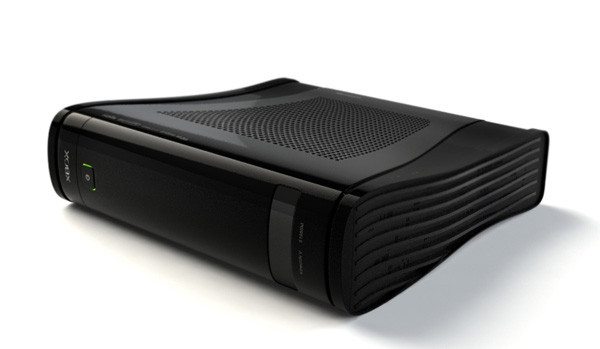And what, out of interest do you, draw from his writeup?
Would love to have more opinions on this.
To me the interesting part is bothering to do the math.
IMO his scenario is a bit of a best case one - efficiently streaming nearly everything. It's what you would aim for if you are making a large continuous game, but if you are making a small indie game it might load everything into memory, or load things a level at a time. Also in terms of bandwidth I didn't see anything about bandwidth consumed by say writing back, for example rendering on the GPU then having to resolve that texture to main memory, but that would make the end result lower available read bandwidth and lower required memory pool.
Basically the idea if that there is stuff you need right now, stuff you need soon, and stuff you won't need for a while. The stuff you need right now needs to fit in the available bandwidth, the stuff you need soon needs to fit into RAM, the stuff you need eventually can sit wherever.
If you increase the amount of RAM and decrease it's speed you are shrinking that amount of data that is available now and increasing the amount of data that is available soon. But if you need lower bandwidth because your aren't eating through that much data you should also have less data you need to cache as drawing a frame doesn't take that much bandwidth. So, in general, as you increase RAM amount you should increase bandwidth and vice-versa.
Which means either Orbis has too little room for cache and so can't make use of it's bandwidth because it has to go back to disk too much (Orbis also has a faster BR drive IIRC - could be why) or Durango has too little bandwidth to use it's RAM effectively. (Though to be fair eDRAM could change this in some ways)
Now, to be fair, if you have a lot of RAM relative to bandwidth that would accomodate rapidly changing scenes faster - scenes that have very fast movement, instant travel, scenes where the geometry can transform into a Dark World variant, etc. Having a lot of RAM also means you can get by with less efficient streaming and caching and spend more time on other stuff.
Edit: Never mind this edit, it didn't make a ton of sense!





